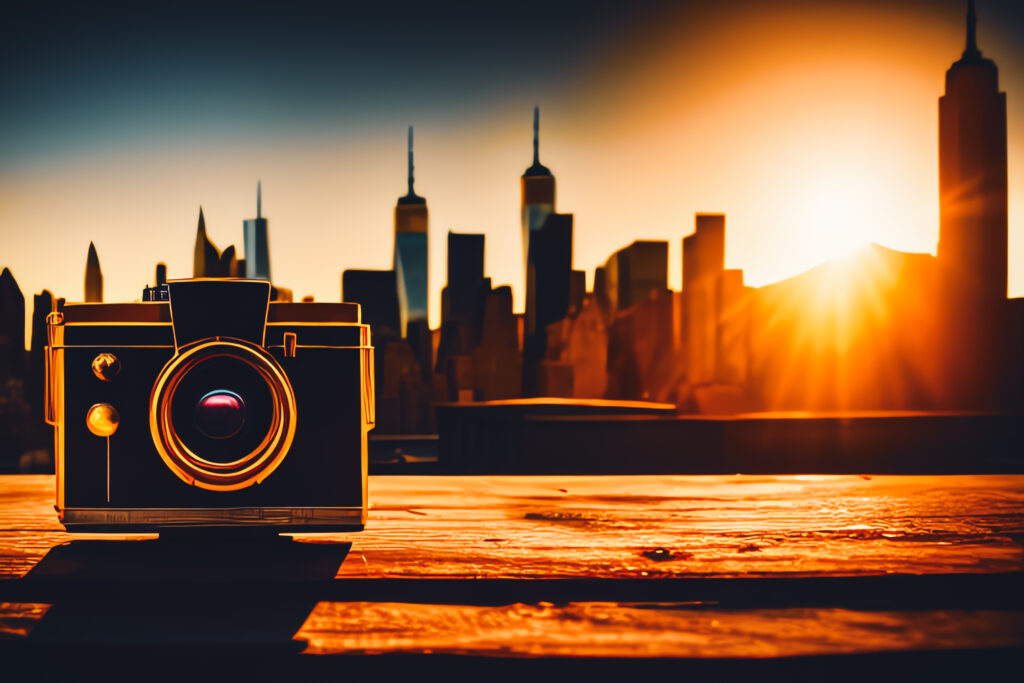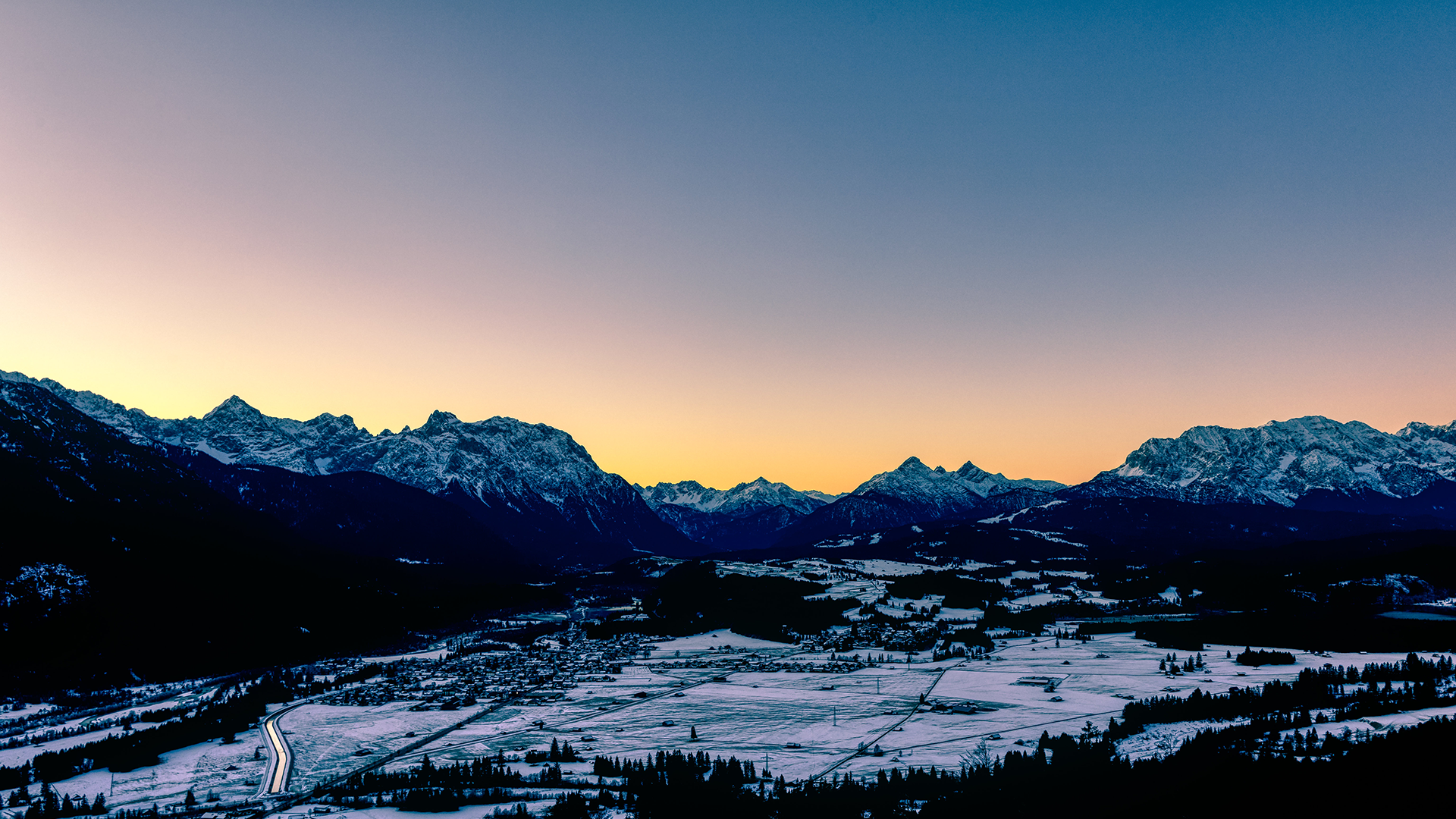In the realm of digital photography, the craft still requires a deep understanding of light and composition, but it also involves mastery of digital tools and software. Photographers must be able to work with their cameras to capture images that are sharp, well-exposed, and properly composed. They must also be able to use digital editing software to refine their images, adjusting color, tone, and other elements to achieve the desired look. As someone who has been practicing photography for several decades, I have seen many changes in the industry over the years. One of the most significant shifts has been the rise of digital photography, which has revolutionized the way we take and share pictures.

For photographers and artists working in the digital realm, the craft means having the ability to create images that are not just technically sound, but also visually striking. They must have a keen eye for composition and an understanding of how light and color can be used to evoke emotion and tell stories. They must also be able to work with digital tools to produce images that are truly their own, experimenting with different techniques and styles to create images that are unique and meaningful. A digital workflow that was compared to the analog ways more than once.
Now, there’s a new development in photography that is even more disruptive than digital photography: generative AI. This technology can create realistic images that look like they were taken by a professional photographer, but without the need for a camera or any human intervention. As impressive as this technology is, it poses a threat to the craft of photography as we know it.
Just as digital photography replaced film, generative AI is seemingly replacing the need for human photographers. Until now everything from AI-powered cameras and editing tools were making it easier for photographers to create high-quality images. But they did not replace the creative process behind the image. This seems to be different with generative AI.
As someone who has dedicated my life to the craft of photography, this shift is concerning to me. I believe that the beauty of photography lies in the process of capturing an image and editing it, not just in the final result. The act of composing a shot, adjusting the exposure and focus, and anticipating the decisive moment to press the shutter button is what makes photography a craft, not just a means of capturing an image.
Just as film photography still has its devotees today, I believe that there will always be a place for actually taking photographs in this world. However, as generative AI becomes more advanced and more prevalent, the craft of photography will undoubtedly change. The craft of photography is about more than just capturing an image. It is about telling a story, evoking emotion, and creating something that is truly one-of-a-kind. For photographers and artists, the craft of photography is a means of expressing their creativity and their connection to the world around them.
It is up to us as photographers to adapt and evolve, while still holding on to the principles and techniques that make our craft so special. Not only to us.
